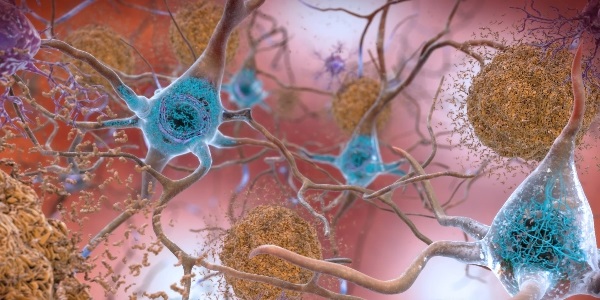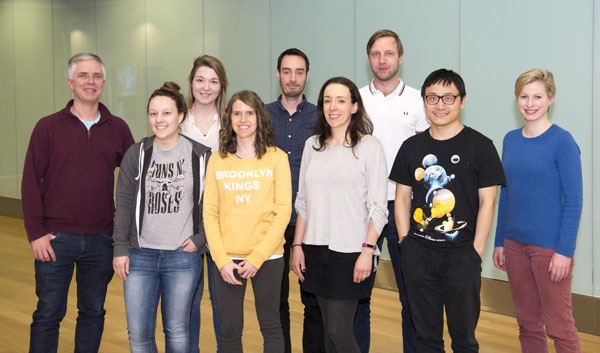To celebrate Open Access Week, we highlight some of our best-performing articles from the past year.

To celebrate Open Access Week, we highlight some of our best-performing articles from the past year. Featuring authors from across the globe, these papers represent the valuable research within cell and molecular biology from an international community. We hope you’ll enjoy reading them as much as we have!

Beta-amyloid plaques and tau in the brain. © National Institute on Aging/National Institutes of Health
Stressed out cells and Alzheimer’s disease
The endoplasmic reticulum (ER) stress response is regarded as an important process in the etiology of Alzheimer’s disease (AD). Accumulation of pathogenic misfolded proteins and the disruption of intracellular calcium signaling are considered to be fundamental mechanisms that underlie the induction of ER stress, leading to neuronal cell death. This article gives an interesting analysis of stress responsivity in various AD mouse models which have shown large differences, even though all of the models display AD-related pathologies.
Rett syndrome: A neurological disorder with metabolic components
A devastating genetic disorder, virtually unheard of, and almost exclusively occurs in girls – this review explores the mechanisms and breakthroughs in Rett Syndrome (RTT); a neurological disease that remains without a cure. Despite remarkable scientific progress since its discovery, the mechanism of the mutations causing RTT is largely unknown. Here the authors explore the current evidence supporting metabolic dysfunction as a component of RTT which may impact on the quality of life of patients.
Molecular Switch Links a Scottish Mouse, a Finnish Patient and Parkinson’s Disease
An international team of scientists led by the University of Dundee, verified that a molecular pathway that has been studied for years under laboratory conditions, is also disrupted in Parkinson’s disease patients. Previous work established that PINK1 works by detecting damage to the cellular ‘power grid’, and prevents further damage by activating a critical “molecular switch” in Parkin called Serine 65. To further understand its importance, the authors developed a genetically engineered mouse to study the Parkin switch in tissues, but researchers were unaware of its significance in humans. Through a remarkable collaboration with the University of Helsinki, a Finnish patient was also identified to have a mutation in the same Serine 65 switch.
Spatial gene regulation in biofilms
Biofilms are large aggregates of bacteria embedded in an extracellular matrix of self-produced polymers. These bacterial ‘fortresses’ show a surprisingly elaborate architecture and, by conferring resistance against antibiotics and immune systems, are responsible for chronic infections. Using Escherichia coli biofilms and direct visualisation of the activity of large cohorts of genes, this study introduces a new conceptual framework for the control of biofilm formation.

The Tait lab at Cancer Research UK, Beatson Institute.
Targeting BCL-2 regulated apoptosis in cancer
Apoptosis is an evolutionarily conserved process that allows the elimination of unnecessary or damaged cells from an organism. In certain physiological settings, resistance to apoptosis can be desirable but these resistant mechanisms can be hijacked during cancer development. Evasion of apoptosis occurs throughout the oncogenic process and creates a significant barrier to efficient cancer therapy. This review discusses regulation of the intrinsic cell death pathway by the BCL-2 family (proteins regulating apoptosis) and how deregulation of these processes can occur in cancer. The authors tell us more about their work in a previous blog post.
Open Biology is looking to publish more high quality research articles in cellular and molecular biology. Find out more about our author benefits and submission process in this previous blog post.
Main image
Dopaminergic axon projections in Parkinson’s disease. Credit: Alan Prescott, Jevgenia Tamjar and Thomas McWilliams.




